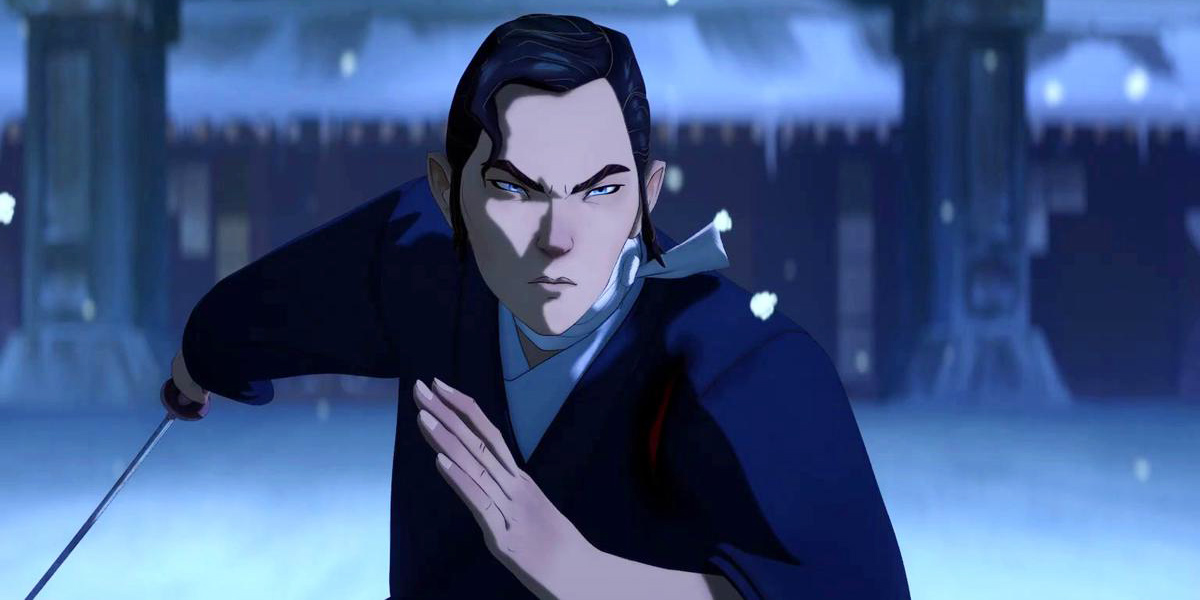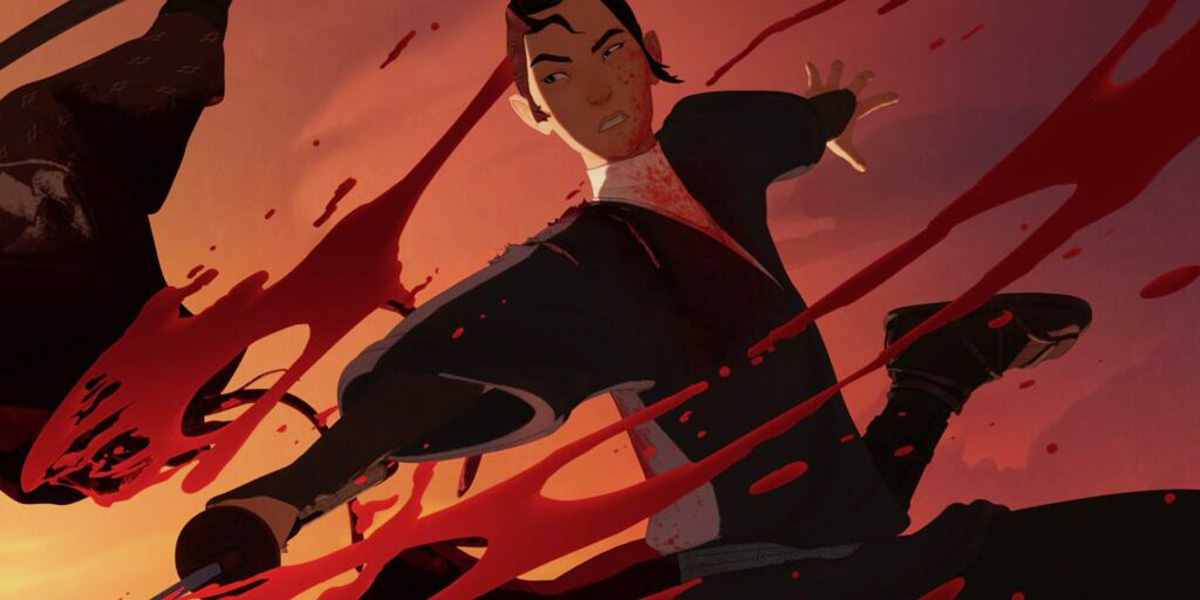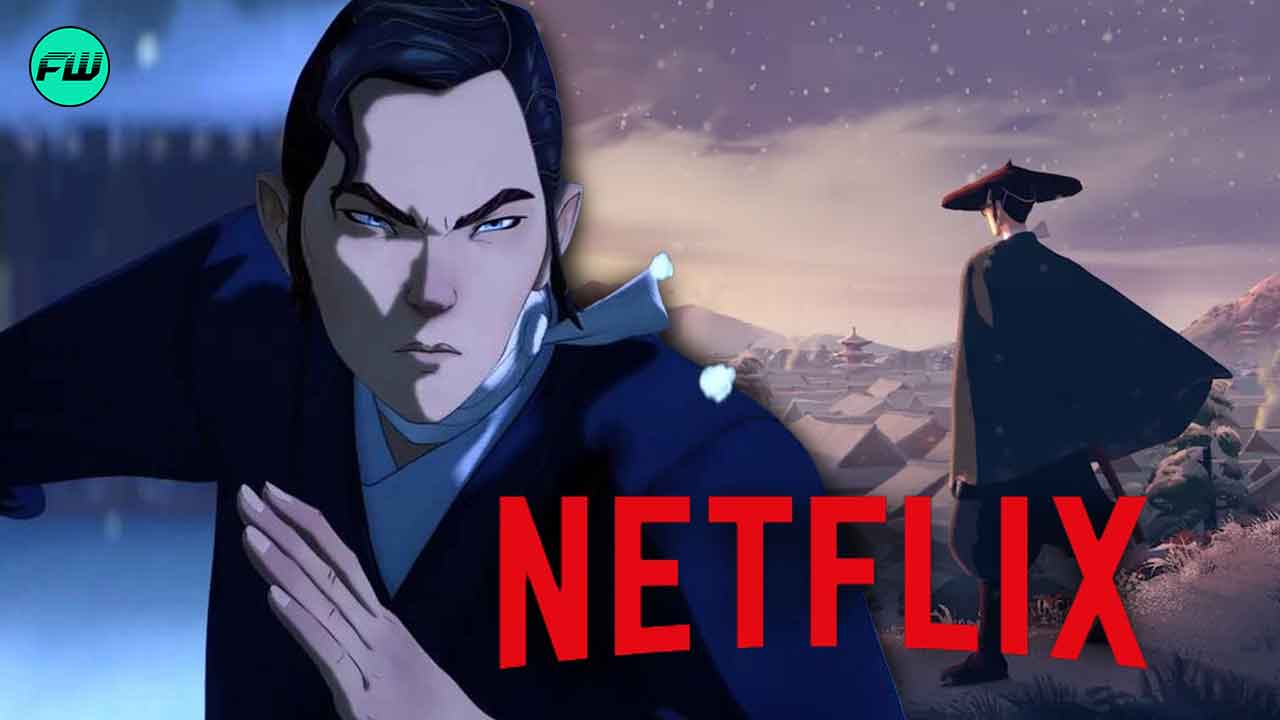Blue Eye Samurai raced to the top of Netflix’s best animated series of the year, featuring a mixed-race protagonist who wields a deadly katana during Japan’s Edo period. The genius plot line and unique character made fans wonder if there are some real-life stories behind it – and if Mizu is a real person.

The show follows Mizu, a half-Japanese, half-white female samurai cloaked as a man on a mission to avenge her mother’s fate. The story is quite fascinating as it tries to tackle issues of patriarchy as well as self-discovery.
Was There A Real Blue-Eyed Samurai?
As much as fans hoped, Blue Eye Samurai is purely a work of fiction. There is no real-life counterpart to the story or the characters, though it has a couple of inspirations. Mizu led a similar life to William Adams, an English navigator who lived during the 17th century (via Japan Experience).
Adams found his way to Japan during an expedition and, as a matter of fact, was the first Englishman to do so. He lived in the country for a long time, sharing his Western knowledge with the local citizens. When he learned how to speak Japanese, he became involved in politics. He also became the key advisor to shōgun Tokugawa Ieyasu.

His loyalty to the country proved to be unwavering, thus earning him the honor of receiving two swords representing the authority of the samurai. He became accustomed to Japanese life and was considered one of the most celebrated Western figures in Japan.
More Inspirations For Netflix’s Blue Eye Samurai
During an interview via Netflix’s Tudum, Blue Eye Samurai creators Michael Green and Amber Noizumi called the series “an Edo-period tale of revenge — Kill Bill meets Yentl.” They also added:
“We want people to sink into it and be taken by the story and the level of artistry and forget they’re watching animation. We would love this to cross over into every interest… there’s something in Blue Eye Samurai for you.”
Mizu was the brainchild of Noizumi and Green, who conceptualized the story after the birth of their blue-eyed child. As a half-Japanese, Noizumi thought:
“Why am I so excited that my daughter has blue eyes? What’s the big deal about that? And why am I so excited that I have a baby who looks more white?”

The creators also talked about the importance of race in the show’s plot. During their early conversations, they took note of how they came up with the creative title:
“Back in the Edo period starting in 17th-century Japan, it would’ve been illegal to be white. Nobody would’ve wanted to look white like that. We said something like, ‘She’s like a little blue-eyed samurai.’ I wrote that down, knowing it was a good title.”
Supervising director and producer Jane Wu also found a connection with Mizu’s tale. The female samurai disguised herself as a man to help her navigate the world, and during that era, women did not have much freedom.
Wu described her similar experience in a male-dominated industry. More often than not, her portfolio was overlooked just because she’s a woman. That’s when she decided to just use her initials so she would be judged by her work and not her gender.

